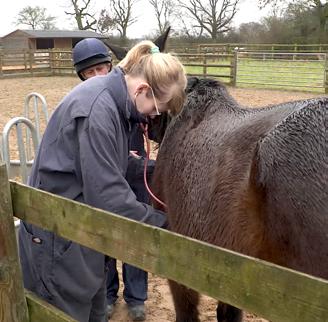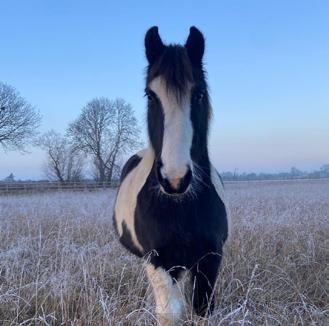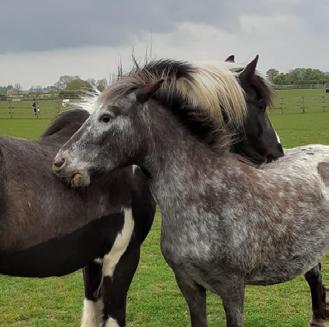
2 minute read
THE FIVE DOMAINS OF ANIMAL WELFARE
Since 1965, animal welfare organisations have referred to the ‘The Five Freedoms’ which have assisted us with assessing animal welfare. This was further strengthened in 2006 with the introduction of the Animal Welfare Act 2006 which consisted of five needs:
1. Need for a suitable environment
Advertisement
2. Need for a suitable diet
3. Need to be able to exhibit normal behaviour patterns
4. Need to be housed with, or apart from, other animals
5. Need to be protected from pain, suffering, injury and disease.
These were created to help us ensure that an animal’s essential needs are met as defined in legislation, as well as helping us to understand the welfare standards we should all be providing and promoting.
However, in all the years which have passed, our knowledge and understanding of animal welfare has expanded and it has become vital to re-examine the way we look at and consider animal welfare so we can ensure animals live their best possible life.
The Five Freedoms and Five Domains frameworks contain essentially the same five elements. However, the Five Domains explore the mental state of an animal in more detail and acknowledges how, for every physical aspect that is affected, there may be an accompanying emotion or subjective experience which may also affect welfare. This is useful in terms of reinforcing the message that emotional needs are equally as important as the physical needs for animals.
The Five Domains are the most recent evolution of the Five Freedoms and provides us with a means to approach animal welfare in a more holistic manner, meaning we are not just meeting their most basic of needs, but we are making decisions that can further promote their physical and mental wellbeing.
The Five Domains Model
As you can see, the Five Domains overlap and are helping us move beyond simply providing the means for animals to live; allowing us to provide opportunities to ensure animals have a life worth living.
Behavioural Interactions
This includes interactions with humans, animals and their environment. Behaviour is the way in which an animal behaves in response to a particular situation or stimulus. Examples of horse behaviour include playing, eating and sleeping.





Nutrition
Nutrition is the process of obtaining the food necessary for health and growth. Taking the time to learn about what food and drink animals need and providing them with the right amount is very important. A horse’s diet can also affect their mental state. Providing the right diet can bring a horse pleasure and satisfaction. A poor diet may result in hunger, thirst, discomfort and/or illness.
Mental State
Just like the importance of understanding human mental health, this domain ensures we think about what animals may be experiencing and feeling too.
Health
Health is defined as the state of being free from injury or illness. Animals can be in good or bad health for a variety of reasons. A horse’s health can also affect its mental state.
Physical Environment
The environment is the surroundings in which an animal lives and operates. Providing a safe and comfortable home for animals is very important. A horse’s environment can also affect its mental state. Providing the right environment can make a horse feel safe, comfortable and happy. A change in the environment may make a horse feel uncomfortable or scared.
How can you identify a welfare concern?
Using the principles outlined in the ‘Five Domains Model’ will help everyone start thinking about the wellbeing of an equine. Below are some of the basic needs which can lead to welfare concerns that you can look out for when out and about.
Behaviour
Are they able to interact with a companion? Has the horse been given the opportunity to express normal behaviour, mutual grooming, play with enrichment? Are they relaxed, fearful or overexcited?
Nutrition
Does the horse have access to clean fresh water and grass / forage?
Mental State
Are they relaxed, playing, eating, content and interacting with other horses and humans?
Health
Does the horse look underweight or overweight? Are they free from injury and disease?
Environment
Does the field have correct fencing, space, shelter from hot/cold/wet weather?










